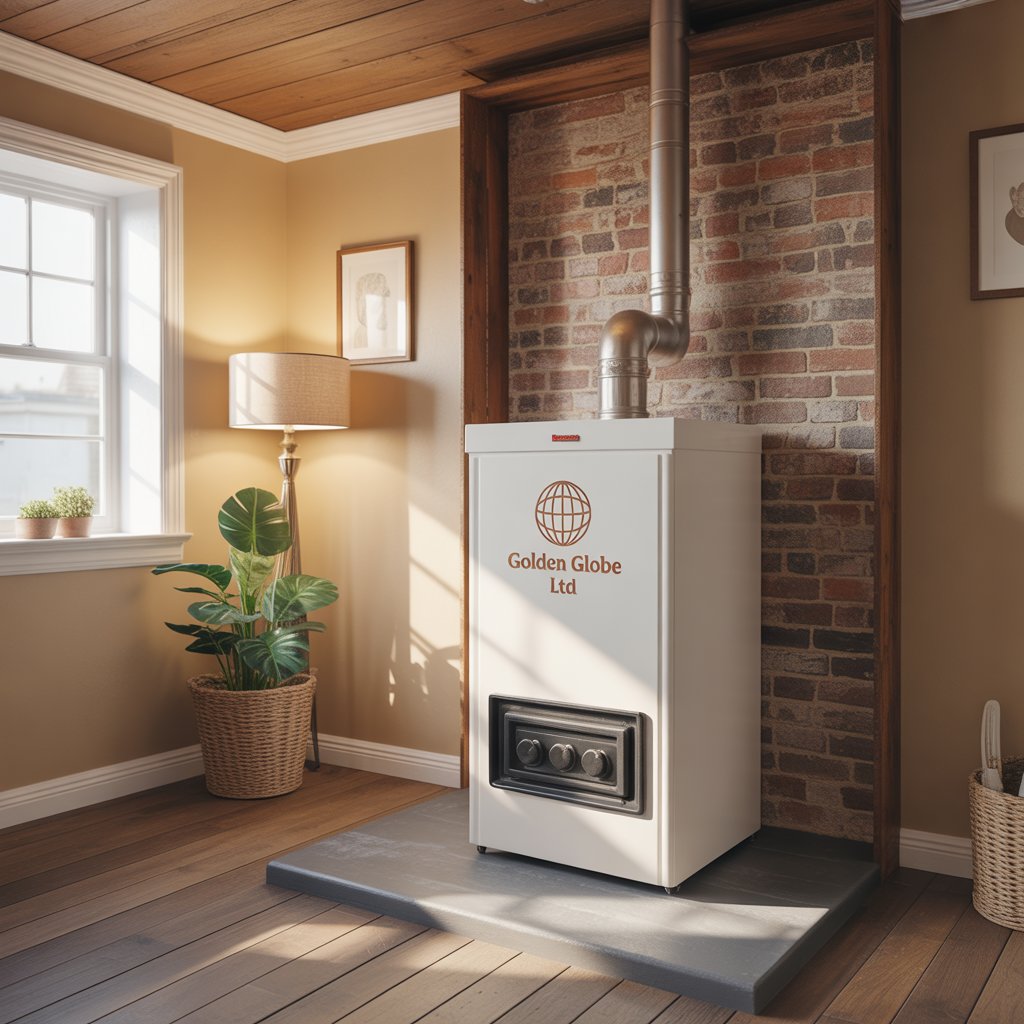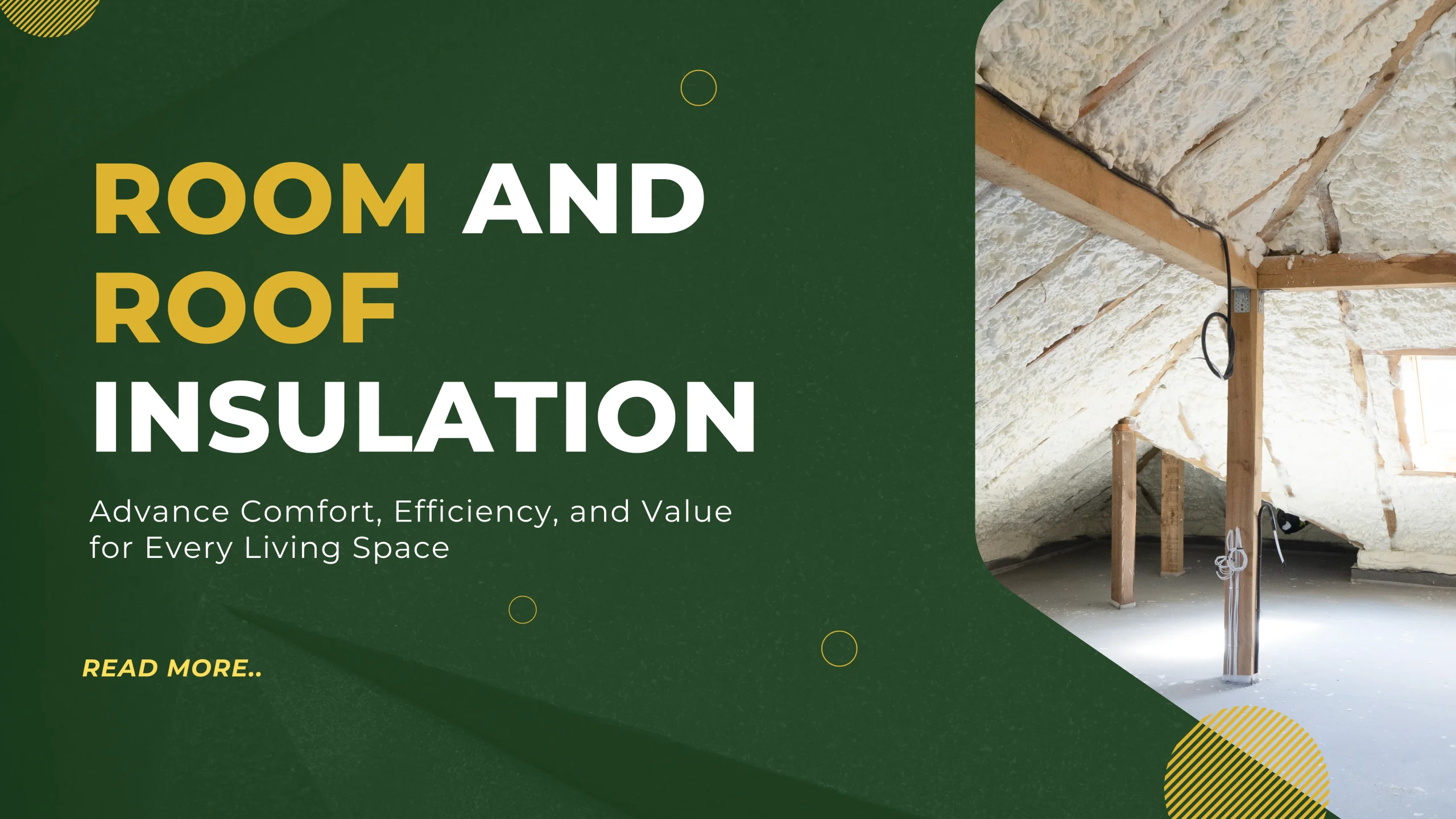Boiler insulation is often the unsung hero in high-performance heating systems. This specialized barrier shields vital components from heat loss, delivers energy savings, and safeguards both machinery and users. For homeowners, facility managers, and engineers alike, understanding the transformative impact of insulation can redefine the lifespan and efficiency of any boiler setup.
Open Efficiency with Boiler Insulation
Picture a heating system where every bit of warmth reaches its destination no energy wasted, no surfaces dangerously hot. That’s the promise of expertly applied boiler insulation. By wrapping the core and pipes in advanced thermal materials, the system holds onto precious energy, slashes utility costs, and extends operational longevity. The result? Warmth delivered exactly where it’s needed, every time.
Why Boiler Insulation Matters: The Science and the Savings
You may wonder why insulation is so crucial. Heat naturally seeks escape, traveling from hotter regions (the boiler, its pipes, and joints) to cooler surroundings. Without a barrier, this process drains energy, increases fuel usage, and stresses equipment. Best Boiler insulation acts as a shield, keeping heat where it belongs and reducing overall system workload.
Important Instructions for Boiler Insulation Success
Proper insulation requires attention to detail. Here are important instructions to ensure you get the maximum benefit:
- Identify exposed surfaces, from the boiler shell to every connected pipe.
- Select the right boiler insulation material for each component.
- Ensure all joints, bends, and valves are fully covered.
- Invest in quality materials to withstand high temperatures.
- Schedule regular inspections to maintain peak performance.
Boiler Pipe Insulation: Protecting Every Link in the Chain
Insulating every length of piping is as vital as insulating the boiler itself. Boiler pipe insulation ensures that heat is not lost in transit, preserving system efficiency from source to endpoint. Uninsulated pipes can create cold spots, increase the risk of condensation, and undermine heating goals. Well-wrapped pipes, on the other hand, maintain a consistent, controlled temperature throughout the system.
Boiler Pipe Lagging: Superior Defense for Critical Infrastructure
When it comes to safeguarding plumbing, boiler pipe lagging offers a robust solution. Lagging involves wrapping pipes with thick, durable insulation designed to resist heat loss, condensation, and even frost in colder climates. This extra layer of protection is invaluable for exposed or outdoor runs, where environmental factors can threaten system reliability.
Boiler Condensate Pipe Insulation: Small Detail, Major Impact
A frequently overlooked area is the condensate line. Boiler condensate pipe insulation prevents freezing and blockages that can halt system operation in winter. By keeping condensate lines above freezing, the system operates smoothly year-round, and costly repairs are avoided. For extra protection, consider boiler condensate pipe lagging in especially cold regions.
The Role of Insulated Boiler Line in Underground Installations
Remote heating setups, such as those involving outdoor wood boilers, often require pipes to be buried below ground. Using insulated boiler line or underground wood boiler pipe ensures that thermal energy isn’t lost to the surrounding soil. Without this protection, underground runs act like giant radiators, leaking heat before it ever reaches the building.

Five Essential Advantages of Boiler Insulation
- Maximized Energy Efficiency: Stops wasteful heat loss at the source.
- Enhanced Safety: Reduces surface temperatures, minimizing burn risks.
- Increased Equipment Lifespan: Lowers operating stress for longer boiler life.
- Lower Energy Costs: Keeps more energy inside the system, slashing utility bills.
- Protection from Environmental Extremes: Guards against freezing, condensation, and mechanical damage.
Choosing the Right Boiler Insulation Material
Not all insulation is created equal. Selecting the right boiler insulation material depends on temperature, location, and exposure. High-density fiberglass, mineral wool, and flexible foam are popular choices. For specialized needs, advanced ceramics and multi-layer wraps provide even greater protection and durability.
Boiler Door Insulation: Securing the Most Vulnerable Point
Doors and access panels are frequent weak spots in insulation systems. Boiler door insulation creates a continuous thermal barrier, preventing heat escape when maintenance doors are closed. This simple upgrade can make a significant difference in overall performance and safety.
Insulated Wood Boiler Pipe: Sustainable Comfort for Modern Systems
For those utilizing renewable heating, insulated wood boiler pipe preserves efficiency from the outdoor furnace all the way to the main building. Without proper insulation, even the cleanest-burning wood system can lose much of its energy underground. Insulate every foot to make the most of sustainable resources.
Boiler Room Insulation: Creating a Safe, Controlled Environment
A well-insulated mechanical room acts as a thermal buffer, containing heat and reducing the risk of overheating adjacent spaces. Boiler room insulation also contributes to noise control and fire safety key considerations in both residential and commercial settings.
Maintaining Boiler Insulation Over Time
Installation is only the first step. To preserve benefits, follow these important instructions:
- Inspect all insulation annually for wear, damage, or moisture intrusion.
- Replace compromised sections immediately to prevent systemic losses.
- Upgrade to newer materials as technology advances.
- Train staff or household members to recognize and report damaged insulation.
- Keep detailed records of insulation maintenance for regulatory and warranty purposes.
Creative Solutions for Underground Boiler Pipe Challenges
Underground runs present unique challenges. Using underground boiler pipe with factory-applied insulation eliminates the guesswork and ensures lasting protection. For retrofits, wrap existing pipes with high-performance materials and consider adding a protective conduit for extra peace of mind.
Customer Satisfaction: The Hidden Value of Boiler Insulation
Users who invest in robust insulation consistently report lower utility costs, fewer repairs, and greater peace of mind. The combination of comfort, efficiency, and safety makes insulation an indispensable part of any high-quality heating solution.
Boiler insulation isn’t just a technical detail it’s the foundation of system efficiency, reliability, and safety. Whether protecting pipes, doors, or entire rooms, the right insulation strategies secure warmth, save money, and prolong the life of every component. For anyone serious about comfort and sustainability, this often-overlooked element is a game-changer.
FAQs
Why is boiler condensate pipe insulation important?
Proper insulation prevents freezing and keeps condensate lines clear for safe operation.
How does boiler pipe insulation enhance energy savings?
Insulating pipes retains heat, reducing energy loss and improving system efficiency.
What’s the benefit of boiler pipe lagging in cold regions?
Lagging shields pipes from low temperatures, minimizing the risk of freezing or bursts.
When should boiler condensate pipe lagging be installed?
Install lagging before winter to protect condensate pipes from harsh weather conditions.
What type of boiler insulation material works best for high temperatures?
High-density mineral wool or ceramic fibers offer excellent protection for extreme heat.
Why use insulated boiler line for underground wood boiler pipe systems?
Insulated lines prevent heat loss in underground runs, ensuring maximum delivery to the end point.
How does boiler room insulation support system safety?
Room insulation maintains stable temperatures, reduces noise, and enhances fire protection.






